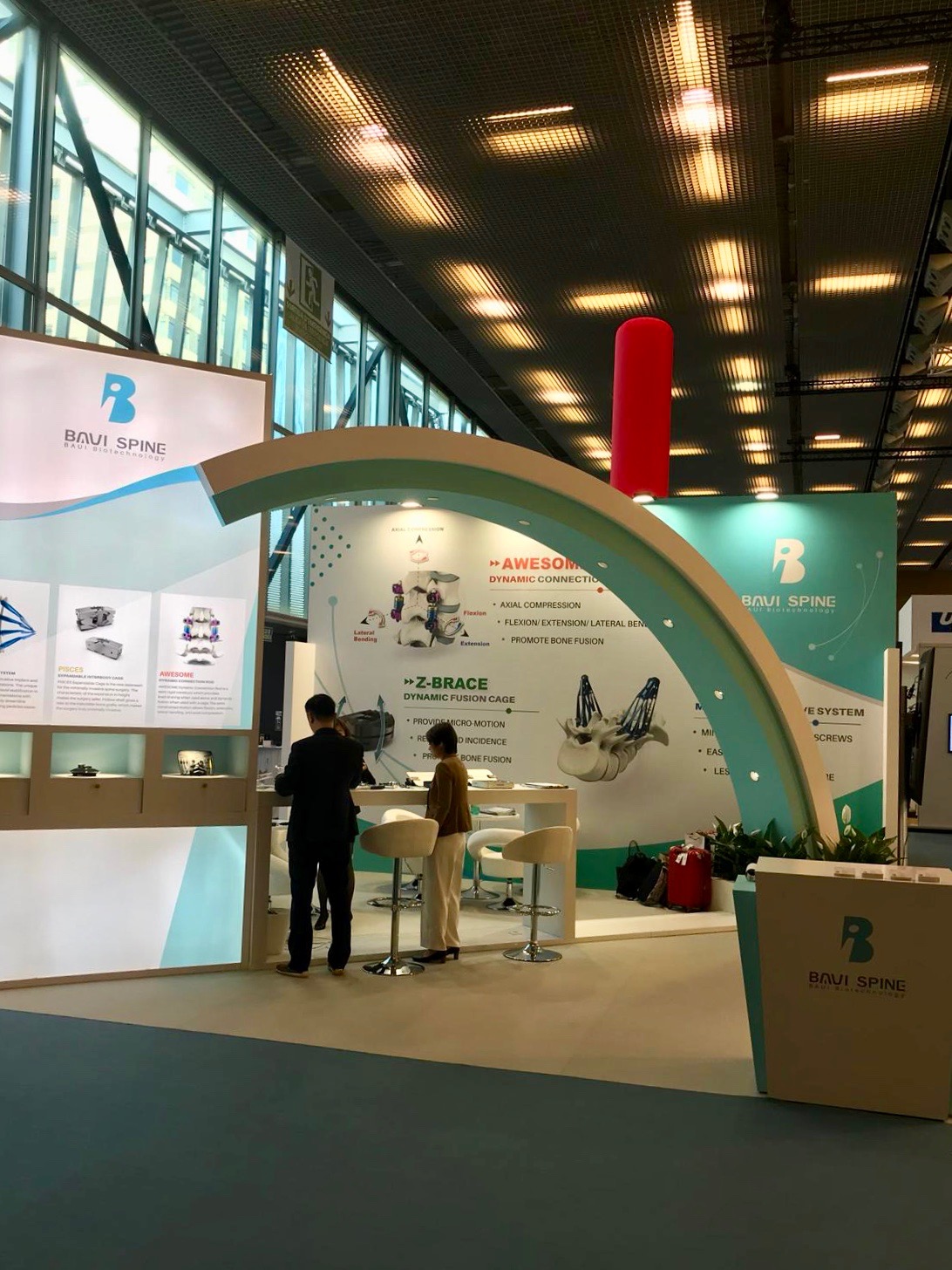Our Blog
Overcoming Challenges in Stand Build & Design
Posted on: Friday, 23 August 2019)While it would be ideal to have created a ‘one-stand-fits-all’ suitable for any and every exhibition, the fact is that’s just not the case.
When it comes to building and designing stands, contractors come across a lot of challenges and bumps in the road.
Here are some of the main issues we find with stand design, and how to overcome them…
Storage
As it’s more within a lot of people’s budgets and can be multi-use, many businesses today prefer to purchase reusable exhibition stands, for both environmental and financial reasons. This comes with the additional need for storage though, as companies will need to stash their stands somewhere when not in use.
Stands need to be designed with storage in mind, able to be packed down into smaller pieces that will all stay together upon being stored away, often within an office or storage room, therefore even then they can’t take up too much space.
The way designers have combatted this is to introduce more modular stands to their stock. Modular stands are great as they can be used many times over and are packed down into a number of smaller pieces that are easier to store.
Modular stands can also be built in different ways, reconfigured to fit different spaces at different exhibitions, so their possibilities are endless and your stand will never look the same if you don’t want it to!
Transport
Most businesses, if they’re exhibiting often and have purchased their own stand, will make their own way to exhibitions and events. If the stand is suitable for standard storage it’s often suitable for standard transportation, like modular units are.
The issue arises, however, when you consider custom and bespoke designs that need transporting via haulage.
The way designers can combat this is to think intelligently about the various elements of the stand and how they will need to be transported or assembled, and how to arrange these elements in the way that makes the stand as portable as possible.
Whether this is detachable parts to allow the stand to fit in regular vehicles, or placing most of the weight towards the bottom of the stand to aid in heavy haulage situations, smart and innovative design is the way around this.
Build & Take-Down Time
It’s not always the case that you’ll be able to get to an exhibition with plenty of time to spare to build your stand (although you should try!) and you might be pushed for time to take down your stand at the end.
Because of this, the ease of assembly/build and dismantling time is crucial when it comes to stand design and build. Modular stands are again a great solution to this, however they’re not always suitable for every business.
If your stand is bespoke, designers must find solutions to a lack of build and dismantle time. This can include designing stands with sections that slot together rather than bolting together, saving both construction time and space for tools.
This can also be the case for attaching graphics - minimising the amount of work and tools that go into assembling stands, without compromising on strength or appearance, is the best way to build time efficient stands.
Sustainability
With a large focus on climate change, sustainability and global warming, the demand for more sustainable stands is high.
Again, modular stands can help combat this in some situations, but they’re not always suitable.
Designing stands to be more sustainable can include the ability to be able to transport all elements of the stand in one, saving on fuel and CO2 emissions upon transport.
If the stand is single use too, using recyclable materials where possible is also a great way for designers to up the sustainability of the stands they create.
Adaptability to Space
For exhibitions that are attending multiple shows, their stands must be suitable to fit a number of different stand shapes and sizes.
Budgets are also tight with exhibitions as they often don’t produce the best ROI of all marketing techniques. A good stand should be designed with maximising all available space in mind.
Stands should be designed to adapt width and height wise, allowing signage to be placed in the prime spot no matter the booth space. Factoring the smallest and biggest spaces the stand could cater in the design process can help with making the most adaptable stand possible.
If you’re looking for a bespoke stand, our contractors can design and build your stand alongside any of the factors above that may matter the most to you. For more information, contact our team today.

